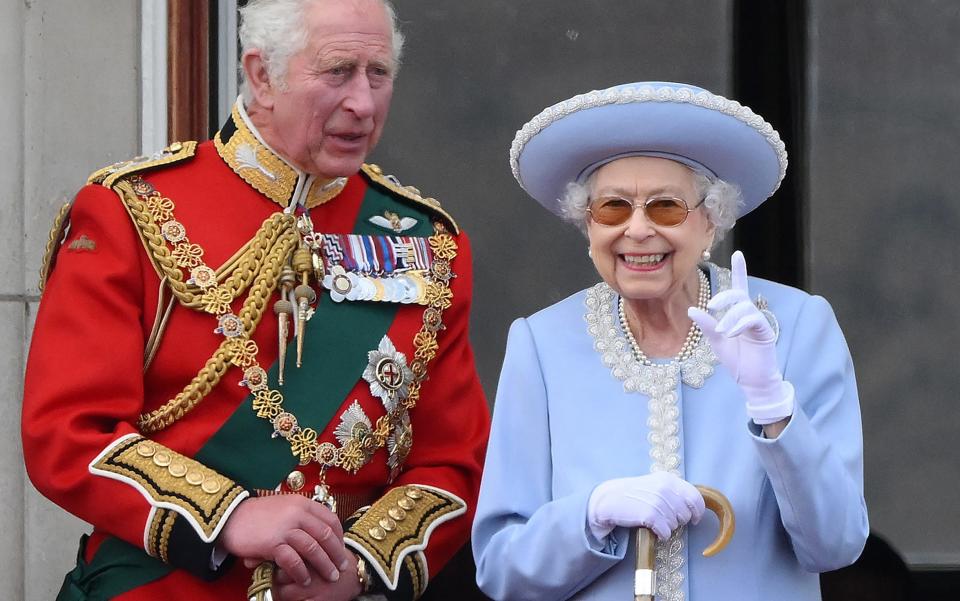Queen’s job description is rewritten to reduce ‘must-do’ duties

The Queen’s role has been rewritten by Buckingham Palace, as it removes duties she “must fulfil” as monarch and entrusts more to the Prince of Wales.
The Queen’s “official duties” have been edited in the palace’s annual report for the first time in at least a decade, to take out specific events such as the State Opening of Parliament that were previously considered necessary by “constitutional convention”.
The new version, published following the Platinum Jubilee, places greater emphasis on the support of the wider Royal family.
According to the Sovereign Grant report, signed off by Sir Michael Stevens, Keeper of the Privy Purse, the Queen’s role still comprises two key elements: Head of State and Head of Nation.
As Head of State, the “formal constitutional concept”, the Queen “must fulfil” specific duties.
These were previously laid out as a 13-point list, including the State Opening of Parliament, the appointment of the Prime Minister, and paying and receiving state visits.
The new version instead offers a more loose definition, saying that the Queen’s role “encompasses a range of parliamentary and diplomatic duties” and that she only “receives” other visiting heads of state.
It comes after the Prince of Wales and Duke of Cambridge jointly attended the State Opening of Parliament on the Queen’s behalf this year, as much-reported mobility problems made it too difficult for her to attend in person.
The Prince also now undertakes overseas visits as the Queen’s representative, including the recent Commonwealth Heads of Government Meeting. At the age of 96, the Queen is not expected to travel again.
The second part of the monarch’s job description, the symbolic role of Head of Nation, is carried out by the Queen “where appropriate or necessary”.
It focuses on her position inspiring “unity and national identity” and “continuity and stability”, recognising the “achievement and success” of others and ensuring “support of service” from volunteers to the emergency services and the military.
Of the six key events of the royal calendar previously listed, one – the State Opening – has been removed, and four of the other five have been led by the Prince of Wales this year.
While the Queen was present for two balcony moments at Trooping the Colour, a private lunch at Garter Day and sent a message to Royal Ascot, the Prince took the lead in the traditional public elements. He also stood in for his mother at the Royal Maundy Service.

Her Majesty has this week still led her family at the fifth event, Holyrood Week in Scotland, with a busy four-day programme.
The new job description swaps the “Queen’s programme” of engagements for the more general “visits in royal programmes”, noting that “The Queen is greatly assisted by other members of the Royal family who undertake official duties on behalf of Her Majesty”.
A palace source emphasised on Saturday night that it was not a “drastic” change, but a small update.
Following the Jubilee celebrations, the Queen issued a message of thanks in which she said: “While I may not have attended every event in person, my heart has been with you all; and I remain committed to serving you to the best of my ability, supported by my family.”

 Yahoo Movies
Yahoo Movies 